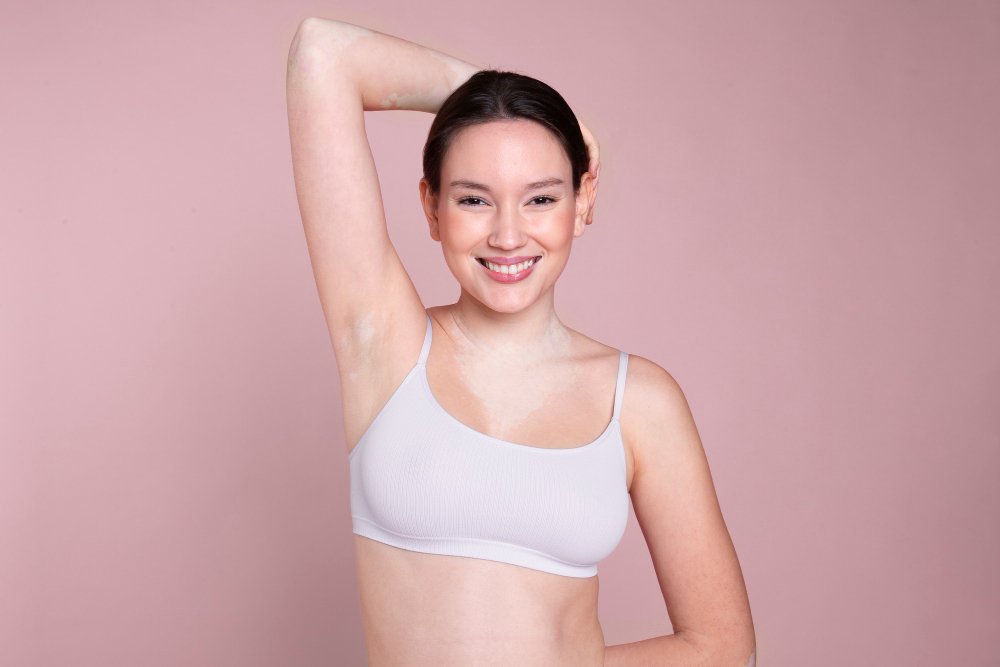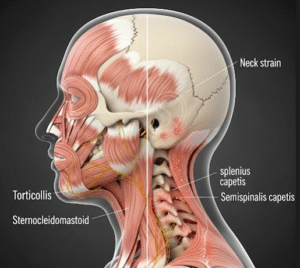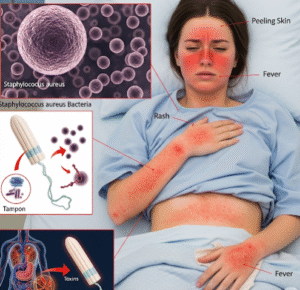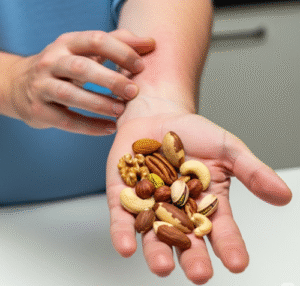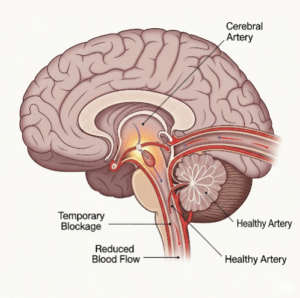Overview
Axillary Hyperhidrosis refers to excessive sweating in the underarm (axillary) area beyond what is necessary for thermoregulation. This condition can significantly impact daily life, confidence, and social interactions. In Korea, advanced dermatological treatments and minimally invasive procedures have made managing axillary hyperhidrosis highly effective.
What is Axillary Hyperhidrosis?
Axillary Hyperhidrosis is a specific form of primary hyperhidrosis where individuals experience abnormally high sweat production in the armpits, usually beginning in adolescence or early adulthood. It is not caused by external factors like heat or exercise but stems from overactive sweat glands controlled by the sympathetic nervous system.
Symptoms
Key symptoms include:
- Noticeable, uncontrollable underarm sweating
- Wet patches on clothing even in cool temperatures
- Social anxiety or embarrassment due to visible sweat
- Skin irritation, odor, or infections from prolonged dampness
- Frequent need to change clothes or use antiperspirants
Causes
There are two main types of hyperhidrosis:
- Primary Axillary Hyperhidrosis: Idiopathic, often hereditary, caused by overactive sweat glands
- Secondary Hyperhidrosis: Caused by an underlying medical condition (e.g., thyroid disorder, diabetes, menopause) or medications
Risk Factors
- Family history of hyperhidrosis
- Onset in adolescence or early adulthood
- Stress or emotional triggers
- Certain neurological or endocrine conditions (in secondary cases)
Complications
If left untreated, axillary hyperhidrosis can lead to:
- Social isolation or anxiety disorders
- Skin conditions such as dermatitis or fungal infections
- Reduced quality of life and self-esteem
- Clothing damage or increased personal hygiene costs
Prevention
While primary hyperhidrosis cannot be entirely prevented, some strategies can help manage or reduce symptoms:
- Use of medical-grade antiperspirants
- Wearing breathable, moisture-wicking clothing
- Avoiding known triggers (e.g., spicy food, caffeine)
- Stress management techniques like yoga or meditation
Treatment Options in Korea
South Korea offers state-of-the-art solutions for axillary hyperhidrosis, combining medical, non-invasive, and surgical approaches.
- Diagnosis
- Clinical evaluation of symptoms and sweat pattern
- Starch-iodine test to identify sweating areas
- Rule out secondary causes through blood tests or imaging
- Non-Surgical Treatments
- Prescription Antiperspirants: Aluminum chloride hexahydrate-based formulas
- Botox (Botulinum Toxin) Injections: Highly effective and FDA-approved; results last 4–6 months
- Oral Medications: Anticholinergics to reduce sweat production (e.g., glycopyrrolate)
- Advanced Procedures
- Microwave Thermolysis (MiraDry): Non-invasive treatment that destroys sweat glands with microwave energy; permanent reduction
- Laser Sweat Gland Removal: Minimally invasive procedure performed in dermatology clinics
- Iontophoresis: Electrical current treatment more common for palms/soles but sometimes used for axillae
- Surgical Treatments (for severe cases)
- Endoscopic Thoracic Sympathectomy (ETS): Surgical interruption of sympathetic nerves; less common due to risk of compensatory sweating
- Excision of Sweat Glands: Direct removal of sweat glands via surgery or curettage
- Treatment Centers in Korea
- Severance Hospital, Asan Medical Center, and Samsung Medical Center offer comprehensive dermatology and plastic surgery departments
- Specialized aesthetic clinics in Gangnam and major cities provide MiraDry, Botox, and laser therapy
- National Health Insurance (NHI) may cover partial costs depending on severity and treatment type

